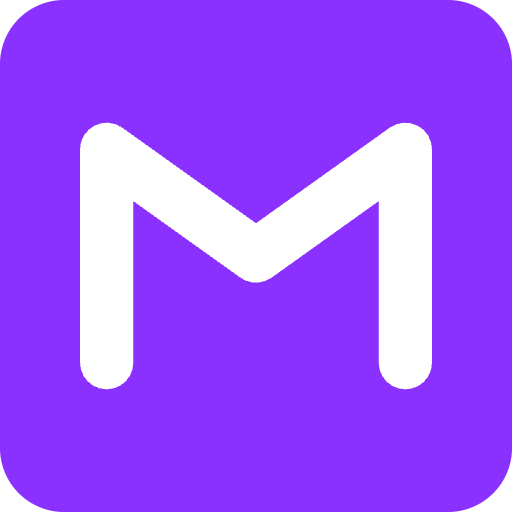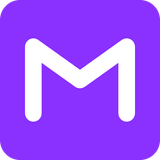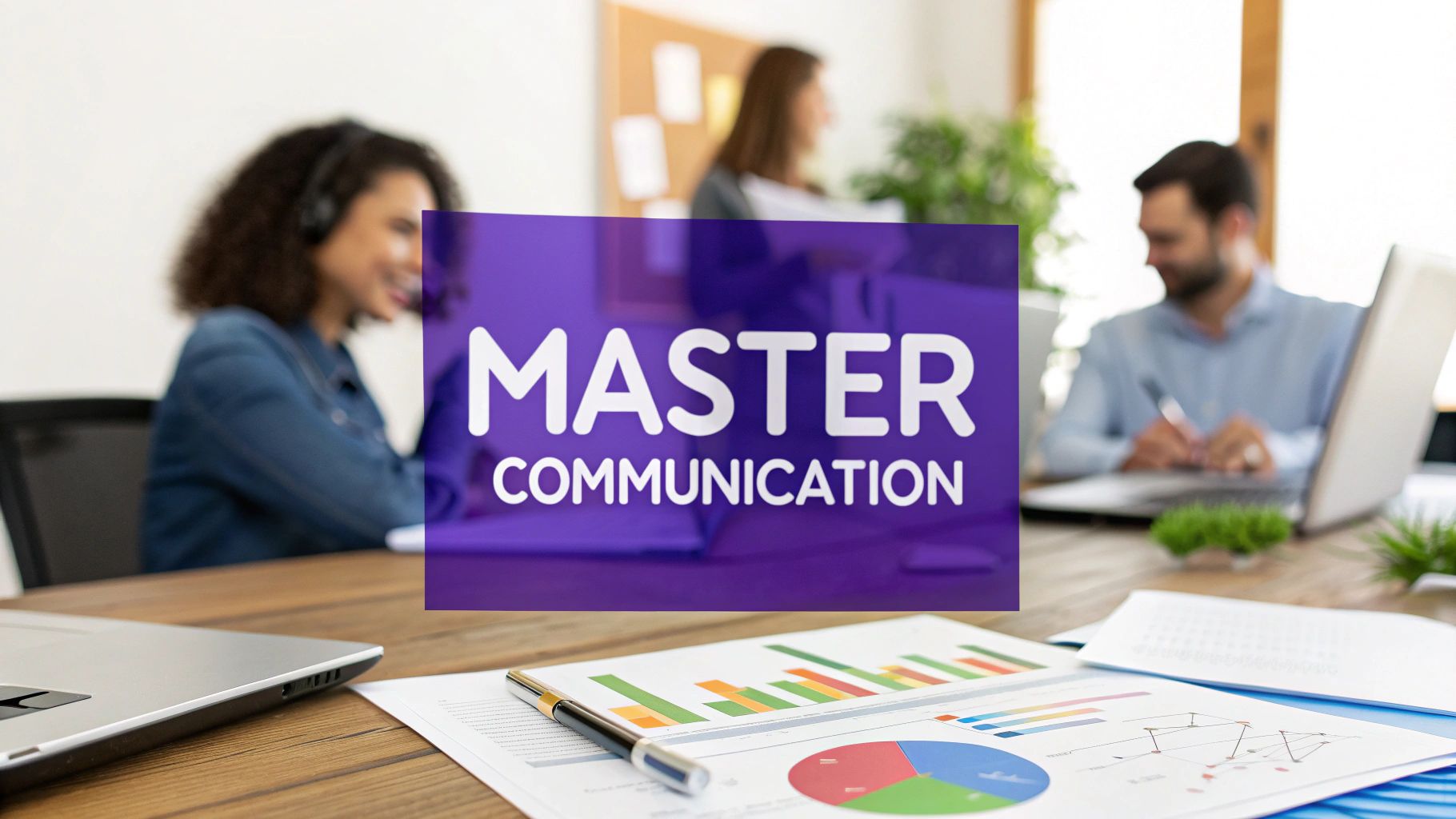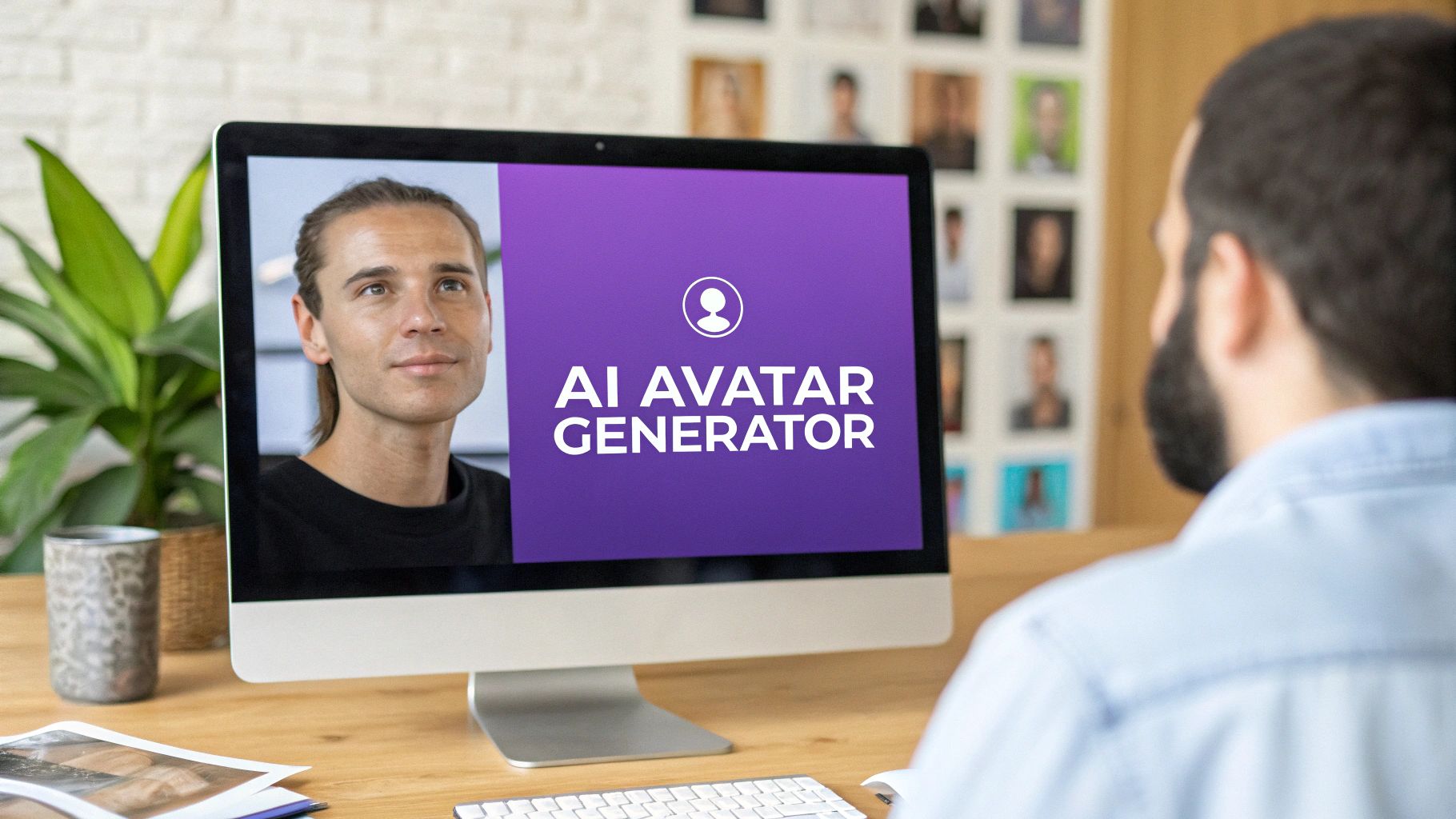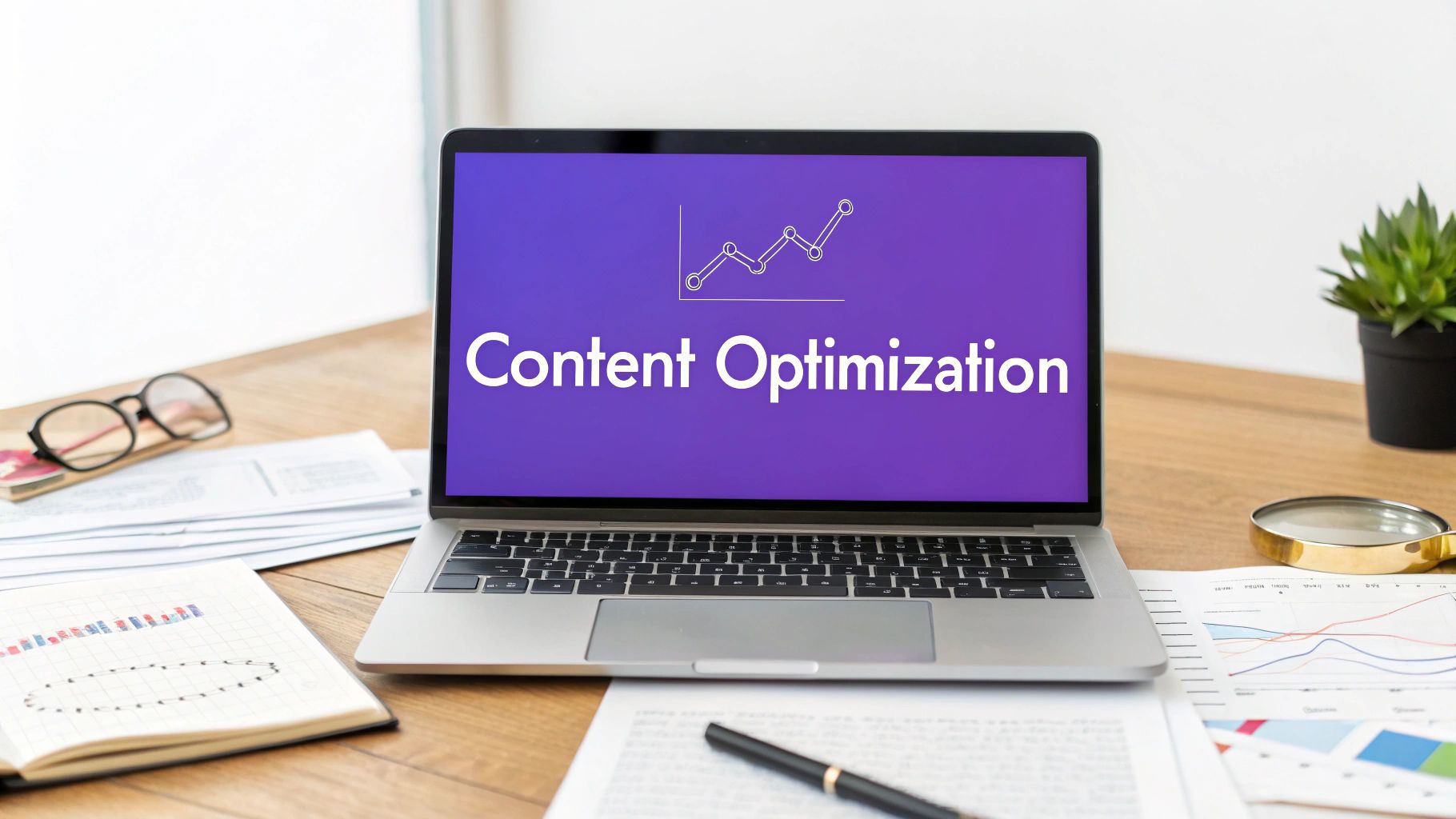7 LinkedIn Connection Request Templates That Work in 2025
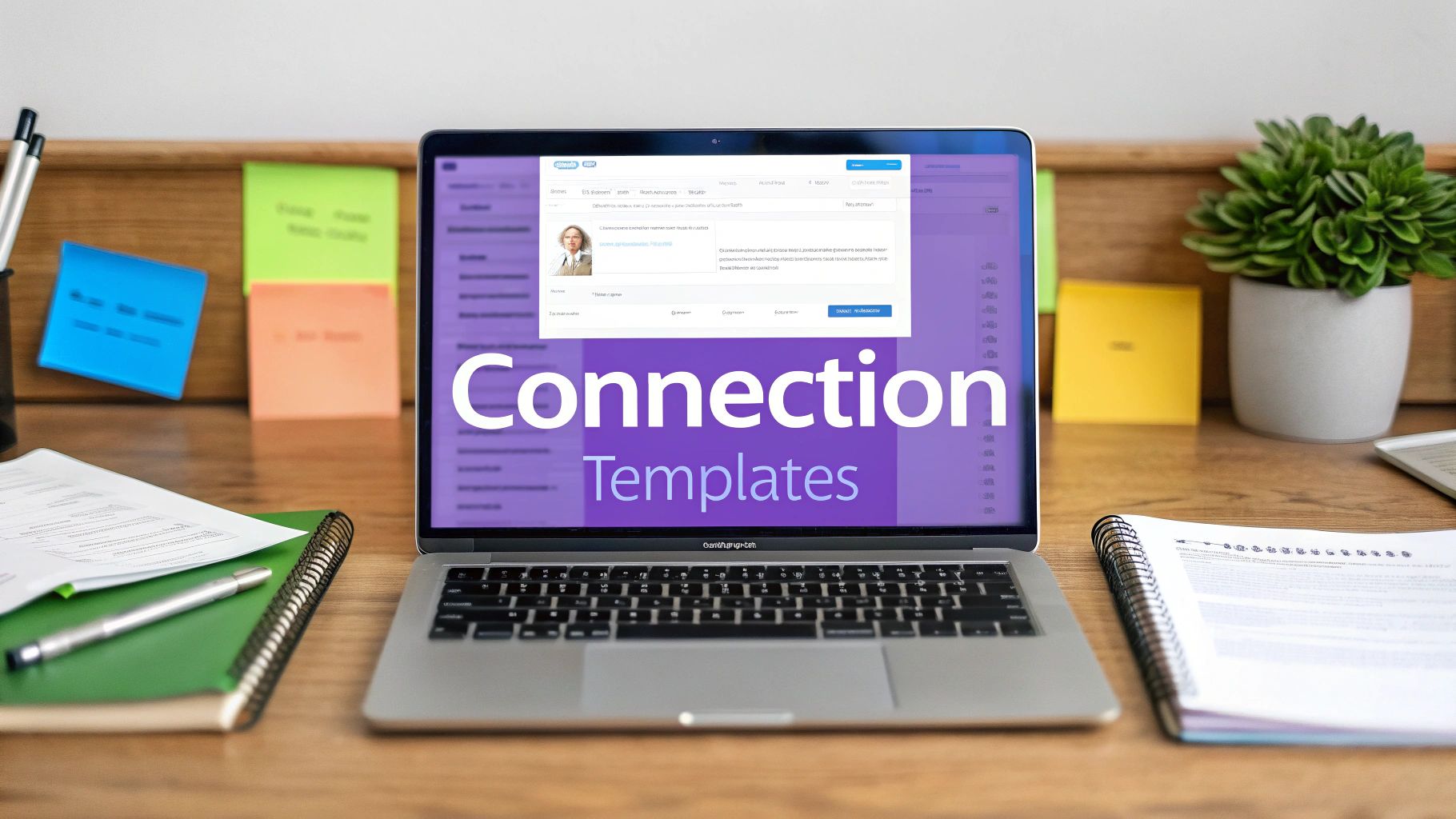
You've found the perfect contact on LinkedIn. You click "Connect," hit send, and then... nothing.Your request disappears into a digital void, unanswered and ignored. This happens more often than not, and the reason is simple: your connection request was generic, uninspired, and failed to answer the recipient's silent question, "What's in it for me?" The default "I'd like to add you to my professional network on LinkedIn" is a guaranteed path to being overlooked. It signals a lack of effort and gives the other person no reason to accept.
To break through the noise, you need a strategy. This article moves beyond basic advice and provides a toolkit of effective linkedin connection request templates designed for specific scenarios. We will dissect each template, revealing the underlying psychology that makes it work and providing a clear, actionable framework for you to adapt and personalize. You will learn not just what to write, but why it's effective, empowering you to forge meaningful professional relationships.
The principles of thoughtful, personalized outreach are universal across professional communication. Just as carefully crafted LinkedIn requests are crucial, understanding the art of initial contact extends to other platforms. For insights into mastering text-based outreach, consider exploring these powerful cold email templates for sales to see how similar strategies apply in different contexts. By mastering these skills, you transform a simple connection request from a passive hope into a powerful career-building tool.
1. The Mutual Connection Template: Your Network's Secret Handshake
Leveraging a shared connection is one of the most effective ways to break the ice on LinkedIn. It instantly transforms a cold outreach into a warm introduction by establishing immediate common ground. This approach taps into the principle of social proof; if someone you both know and respect is in your network, it lends you credibility and makes the recipient more likely to accept.
Think of it as a digital referral. Instead of a formal introduction, you are simply pointing out a shared professional relationship. This small detail can significantly increase your connection acceptance rate, making it a cornerstone of effective networking and one of the best LinkedIn connection request templates to master.
The Template in Action
Here are two variations, one for a formal context and another for a more casual approach.
Example 1 (Formal):
Hi [Name], I noticed we're both connected with [Mutual Connection's Name]. I'm currently working in [Your Industry/Role] and saw your impressive work on [Specific Project or Area]. I'd appreciate the opportunity to connect and follow your professional journey.
Example 2 (Casual):
Hi [Name], I see you know [Mutual Connection's Name] from [Company/University]. I’ve been following your content about [Topic] and find it really insightful. Hope we can connect!
Strategic Breakdown
- Why It Works: This template immediately answers the recipient's unspoken question: "Do I know you?" By mentioning a mutual connection, you provide an instant, positive answer. It creates a sense of familiarity and trust right from the start.
- Best For: Reaching out to professionals in a similar or adjacent industry, potential clients, or hiring managers where a shared contact can provide a crucial endorsement.
- Actionable Tip: Don't just name-drop. Briefly mention the context of your shared connection if you can (e.g., "I see you both worked at Acme Corp"). This adds another layer of personalization and shows you've done your research.
Pro-Tip: Before sending the request, check the mutual connection's profile. See if they have endorsed the person you're trying to connect with or if they have common interests. Mentioning this adds even more relevance and demonstrates genuine interest.
2. The Value Proposition Template: Offering Value Upfront
This strategic approach flips the script on traditional networking by immediately answering the recipient's question: "What's in it for me?" Instead of asking for something, you lead by offering value. This template positions you as a resourceful problem-solver rather than just another person looking to expand their network, making it one of the most powerful LinkedIn connection request templates for business development.
By demonstrating that you've done your research and understand a potential challenge or goal of the person you're contacting, you establish instant relevance. This focus on mutual benefit shows respect for their time and expertise, making them far more likely to see you as a peer and accept your request.

The Template in Action
Here are two variations, one geared toward a specific solution and another for sharing broader insights.
Example 1 (Specific Solution):
Hi [Name], I specialize in [expertise area] for the [industry] sector and saw your recent post about [challenge]. I've helped similar companies achieve [specific result] and have a few ideas that might help. Would value the chance to connect.
Example 2 (Insight Sharing):
Hi [Name], I help [industry] professionals streamline their [specific process]. I noticed your work at [Company] and would love to share some insights that might benefit your [department/role]. Open to connecting?
Strategic Breakdown
- Why It Works: This template immediately establishes your credibility and relevance. By offering specific, tangible value tied to the recipient's work or industry, you bypass the "why should I connect?" barrier and create a compelling reason for them to say yes.
- Best For: Sales professionals, business consultants, B2B marketers, and freelancers who can offer a clear and immediate benefit to their target connection. It's ideal for initiating business relationships.
- Actionable Tip: Research your contact's recent activity, company news, or industry trends. Mentioning a specific article they shared or a challenge their company is facing makes your value proposition highly targeted and much more effective.
Pro-Tip: Your ability to offer value is directly tied to your professional branding. Ensure your profile is fully optimized to support your claims. A strong headline and summary section will reinforce the expertise you mention in your request. Discover more about how to optimize your LinkedIn profile on makerbox.io.
3. The Admiration/Compliment Template: Building Bridges with Praise
Leading with a genuine compliment is a powerful psychological tool for networking. This approach immediately creates a positive association by showing you've taken the time to engage with the recipient's work, content, or achievements. It's not about flattery; it's about specific, authentic appreciation that demonstrates genuine interest beyond simply wanting to expand your network.
This method effectively warms up a cold outreach by appealing to a fundamental human desire for recognition. When done correctly, a well-placed compliment can be one of the most effective LinkedIn connection request templates, as it frames the interaction around mutual professional respect rather than a one-sided request.
The Template in Action
Here are two variations, one focusing on recent content and the other on a professional achievement.
Example 1 (Content-Focused):
Hi [Name], I was really impressed by your recent article on [Topic]. Your point about [Specific Insight] gave me a new perspective on the issue. I'd love to connect and follow your work more closely.
Example 2 (Achievement-Focused):
Hello [Name], I saw the news about your recent [Achievement, e.g., promotion to Director of Marketing]. Congratulations! Your journey at [Company Name] is truly inspiring. Hope we can connect.
Strategic Breakdown
- Why It Works: This template taps into the principle of reciprocity. By offering genuine praise, you create a positive feeling, making the recipient more inclined to respond favorably. It shows you value their contributions, not just their connection.
- Best For: Reaching out to thought leaders, authors, speakers, or anyone whose work you genuinely admire. It's also excellent for contacting someone who has recently received an award, promotion, or other public recognition.
- Actionable Tip: Specificity is key to authenticity. Instead of a generic "I love your work," pinpoint a specific article, talk, project, or quote. This proves you’ve actually engaged and aren't just using a generic template.
Pro-Tip: Set up Google Alerts or use LinkedIn's "Notifications" tab to track the activities of people you want to connect with. This gives you timely and relevant reasons to reach out with a compliment, such as a company milestone or a recently published post. These professional networking tips can significantly improve your outreach success. For more insights, you can learn more about building professional relationships on makerbox.io.
4. The Event-Based Template: Turning Shared Experiences into Connections
Capitalizing on a shared event, whether a virtual webinar or an in-person conference, is a powerful and timely way to forge new connections. This method provides immediate, relevant context, making your outreach feel organic rather than random. It shows you are an active participant in your industry and gives you a specific, non-generic reason to connect.
This approach transforms a cold introduction into a warm follow-up by referencing a recent, shared professional experience. Because the event is fresh in the recipient's mind, your message stands out and feels more personal, dramatically increasing the likelihood of acceptance. It's one of the most effective LinkedIn connection request templates for converting brief interactions into lasting professional relationships.

The Template in Action
Here are two distinct examples: one for a direct interaction and another for a shared audience experience.
Example 1 (Direct Interaction):
Hi [Name], It was great meeting you at the [Event Name] yesterday. I really enjoyed our chat about [Specific Topic Discussed]. I'd like to stay connected and continue the conversation.
Example 2 (Shared Audience):
Hi [Name], I was in the audience for your talk on [Topic] at [Conference Name] today. Your insights on [Specific Point] were particularly compelling. I would appreciate the opportunity to connect and follow your work.
Strategic Breakdown
- Why It Works: This template leverages timeliness and shared context. The memory of the event is still fresh, creating an instant bond and a legitimate reason for reaching out. It answers the "How do I know you?" question before it's even asked.
- Best For: Following up with speakers, panelists, or other attendees after conferences, webinars, workshops, or even online Q&A sessions. It's perfect for anyone looking to solidify networking efforts.
- Actionable Tip: Send your connection request within 24-48 hours. The longer you wait, the less impactful the reference to the event becomes. Be specific by mentioning the event name and a detail you remember, like a question they asked or a point they made.
Pro-Tip: If you connected with the person over a specific talking point, consider sharing a relevant article or resource in your follow-up message after they accept. This adds immediate value and positions you as a thoughtful and resourceful professional, not just another connection.
5. The Industry/Role Similarity Template: Building Peer Power
Connecting with someone in the same industry or a similar role is a powerful networking strategy. This approach immediately establishes a shared professional context, creating an instant bond over common challenges, opportunities, and language. It's less about a hard sell and more about building a community of peers who understand the nuances of your work.
This template transforms your outreach from a simple request into a gesture of professional solidarity. By highlighting your shared field, you signal that you're not just another random connection but a colleague in the broader sense. This mutual understanding makes it one of the most reliable LinkedIn connection request templates for building a supportive and relevant network.
The Template in Action
Here are two variations, one focusing on a shared role and the other on the broader industry.
Example 1 (Role-Specific):
Hi [Name], I came across your profile and was impressed by your work in [Specific Area] at [Company]. As a fellow [Your Job Title], I'm always keen to connect with other professionals navigating our field. I'd love to follow your work and exchange insights.
Example 2 (Industry-Focused):
Hello [Name], I see we're both working in the dynamic world of [Your Industry]. I'm reaching out to build my network of peers who understand the current landscape. I'd appreciate the opportunity to connect and learn from your experience.
Strategic Breakdown
- Why It Works: This template succeeds by tapping into a sense of professional identity. It answers the recipient's question of "Why me?" with a clear and compelling reason: "Because we're in the same boat." This creates a low-pressure, high-relevance opening for a valuable new connection.
- Best For: Networking with peers, mentors, or mentees in your direct field. It's excellent for job seekers wanting to connect with people at target companies or for professionals looking to build a community for knowledge sharing.
- Actionable Tip: Go beyond the job title. Mention a specific industry trend, a new technology, or a shared challenge (e.g., "navigating the shift to AI in marketing"). This proves you are an engaged member of the industry and not just sending generic requests.
Pro-Tip: Make sure your own profile clearly reflects your expertise in the shared industry. Your headline and summary should align with the identity you're presenting in your request. For inspiration, you can review some excellent LinkedIn profile summary examples to ensure your profile is optimized to support this outreach method.
6. The Question-Based Template: Igniting Curiosity
Posing a thoughtful question is a powerful way to engage a professional and stand out from the crowd of generic connection requests. This approach immediately shifts the dynamic from a simple request to the beginning of a conversation. It flatters the recipient by acknowledging their expertise and positions you as a curious, proactive individual who values their opinion.
By asking for a perspective rather than a favor, you make it easy for them to say "yes." Most experts enjoy sharing their knowledge, and a well-crafted question can pique their interest enough to accept and even respond. This strategy is a masterclass in using genuine curiosity as a networking tool, making it one of the most effective LinkedIn connection request templates for sparking meaningful dialogue.
The Template in Action
Here are two variations, one geared toward a specific industry challenge and another for a broader inquiry.
Example 1 (Specific):
Hi [Name], I'm curious about your perspective on the recent shift towards [industry trend, e.g., generative AI in marketing]. Given your extensive experience at [Company], I'd love to connect and follow your insights on how this is impacting the industry.
Example 2 (General):
Hello [Name], I've been researching [topic, e.g., sustainable supply chains] and noticed your expertise in this area from your recent article. Would you be open to connecting? I would value the opportunity to learn from your professional journey.
Strategic Breakdown
- Why It Works: This template engages the recipient's intellect and ego. It shows you've done your homework and respect their professional opinion, making them feel valued. The question creates a compelling reason to connect beyond just expanding their network count.
- Best For: Consultants, researchers, career changers, and industry newcomers who want to learn from established experts. It's also excellent for anyone looking to initiate a genuine professional relationship rather than just a passive connection.
- Actionable Tip: Ask an open-ended question that can't be answered with a simple "yes" or "no" or a quick Google search. The goal is to invite their unique perspective, not to test their knowledge. Showing you've thought about the topic demonstrates genuine interest.
Pro-Tip: Frame your question around a recent post, article, or project they've shared. For example, "Your recent post on [Topic] made me think about [Question]. Would love to connect and follow your work." This adds a layer of timely relevance that is hard to ignore. For more strategies on initiating these kinds of conversations, you can learn more about how to network online.
7. The Alumni/School Connection Template: Your Alma Mater's Advantage
Tapping into your shared educational background is a powerful and often underutilized method for building professional relationships. The alumni connection instantly creates a sense of camaraderie and shared identity, making your request feel less like a cold outreach and more like reconnecting with a distant classmate. This approach works by building on a foundation of mutual experience and institutional pride.
This strategy is highly effective because it bypasses the initial skepticism many people have toward unsolicited requests. Mentioning your shared alma mater provides immediate, credible context. It’s a warm, personal detail that shows you've looked beyond just a job title, making it one of the most reliable LinkedIn connection request templates for building an authentic network.
The Template in Action
Here are two variations, one that is direct and another that combines the school connection with professional admiration.
Example 1 (Direct & Casual):
Hi [Name], I noticed we're both fellow [University Mascot/Graduates]! I'm a [Year] grad from the [Department/School]. I'm always looking to connect with alumni doing great work in [Their Industry] and would love to follow your career. Go [Mascots]!
Example 2 (Professional Compliment):
Hi [Name], I saw from your profile that you also graduated from [University Name]. As someone who also studied [Your Major], I’ve been incredibly impressed by your work at [Their Company]. I’d appreciate the chance to connect with a fellow alum.
Strategic Breakdown
- Why It Works: This template leverages the "in-group" principle. People are naturally more receptive to others they perceive as part of their tribe. A shared university experience creates an immediate, low-stakes bond that increases trust and the likelihood of acceptance.
- Best For: Connecting with senior professionals, hiring managers, or individuals in competitive industries who attended your university. It is especially powerful when reaching out to people who are active in alumni networks or often list their school prominently.
- Actionable Tip: Be specific. Instead of just naming the school, mention your graduation year, major, or even a shared professor or campus tradition if appropriate. This level of detail makes your message more genuine and memorable.
Pro-Tip: Use LinkedIn’s alumni search tool to find graduates from your school working at companies or in roles you're interested in. This feature is a goldmine for targeted networking and makes applying this template incredibly efficient.
7 LinkedIn Connection Request Templates Compared
| Template | 🔄 Implementation Complexity | ⚡ Resource Requirements | 📊 Expected Outcomes | 💡 Ideal Use Cases | ⭐ Key Advantages |
|---|---|---|---|---|---|
| The Mutual Connection Template | Moderate – requires identifying mutual contacts | Moderate – research to find shared links | 60-70% acceptance rate; strong initial trust | Connecting via shared networks | High acceptance; builds immediate credibility |
| The Value Proposition Template | High – needs deep understanding of recipient | High – tailored value and research needed | Positions sender as expert; sparks interest | Business development; professional growth | Demonstrates expertise; professional engagement |
| The Admiration/Compliment Template | Moderate – research recipients’ work | Moderate – time to find genuine achievements | 70-80% acceptance; positive emotional response | Building rapport through genuine appreciation | Easy to personalize; creates goodwill |
| The Event-Based Template | Low to Moderate – relies on recent shared events | Low – refer to recent interactions | 75-85% acceptance; natural follow-ups | Networking post-events or webinars | Very high acceptance; time-sensitive relevance |
| The Industry/Role Similarity Template | Low – focuses on shared industry/role | Low – basic industry knowledge sufficient | 60-65% acceptance; peer relationship building | Expanding network within industries | Builds professional community; peer bonding |
| The Question-Based Template | Moderate – crafting thoughtful questions | Moderate – research to formulate engaging queries | High response; encourages meaningful conversation | Engaging experts; learning-focused outreach | Creates dialogue; positions sender as learner |
| The Alumni/School Connection Template | Low – leverages shared educational background | Low – minimal research if alma mater known | 80-90% acceptance; strong emotional ties | Connecting with alma mater networks | Highest acceptance; strong emotional rapport |
From Template to Relationship: Your Next Steps
We’ve explored a diverse toolkit of LinkedIn connection request templates, from leveraging mutual connections to highlighting shared industry roles. The core lesson is clear: a template is not a magic bullet, but a strategic starting point. The most effective requests are not copied and pasted; they are adapted, personalized, and infused with genuine intent.
The true power of these frameworks lies in their ability to provide structure to your outreach. Instead of staring at a blank text box, you now have a proven foundation to build upon. This shift from generic to genuine is what separates a pending request from a new, valuable professional relationship.
Synthesizing the Strategy: Beyond the Template
The ultimate goal isn't just to get your connection request accepted. It's to initiate a meaningful conversation that can lead to collaboration, mentorship, or new opportunities. To achieve this, remember the fundamental principles that unite all the successful LinkedIn connection request templates we've discussed.
- Lead with Relevance: Your opening line must immediately establish context. Whether it's a shared event, a mutual acquaintance, or a specific piece of their work you admire, relevance is the key that unlocks their attention.
- Offer, Don't Just Ask: Frame your connection as mutually beneficial. Even a simple compliment is a form of giving. The best requests hint at a future where both parties gain something, even if it's just an interesting conversation.
- Brevity is Your Ally: Decision-makers are busy. A concise, clear, and direct message respects their time and is far more likely to be read and acted upon than a long, rambling paragraph.
- Authenticity Wins: Your personality and genuine interest should shine through. People connect with people, not with robotic scripts. Let your unique voice guide your personalization.
Actionable Next Steps for Mastering Your Outreach
Transforming these insights into results requires consistent practice and refinement. Here’s how to move forward:
- Choose Your Top Three: Select three templates from this article that most closely align with your typical outreach scenarios.
- Create Your "Master" Versions: For each of the three templates, write a personalized "master" version that reflects your voice, goals, and unique value proposition.
- Track and Analyze: For the next 10 connection requests you send, note which template you used and track your acceptance rate. This data will reveal what resonates most effectively with your target audience.
- Refine and Repeat: Based on your analysis, refine your master templates. Small tweaks to your wording or call to action can make a significant difference.
Mastering the art of the connection request is a high-leverage skill in today's digital professional landscape. It's the first handshake, the initial introduction that opens the door to countless possibilities. By moving beyond simple templates and embracing a strategy of personalized, value-driven outreach, you aren't just growing your network; you are strategically building a community of allies, mentors, and future partners.
Ready to take your LinkedIn outreach to the next level with powerful AI tools? MakerBox provides a suite of AI-powered solutions to help you craft compelling content, analyze trends, and grow your professional brand more efficiently. Explore our tools at MakerBox and start building more meaningful connections today.
